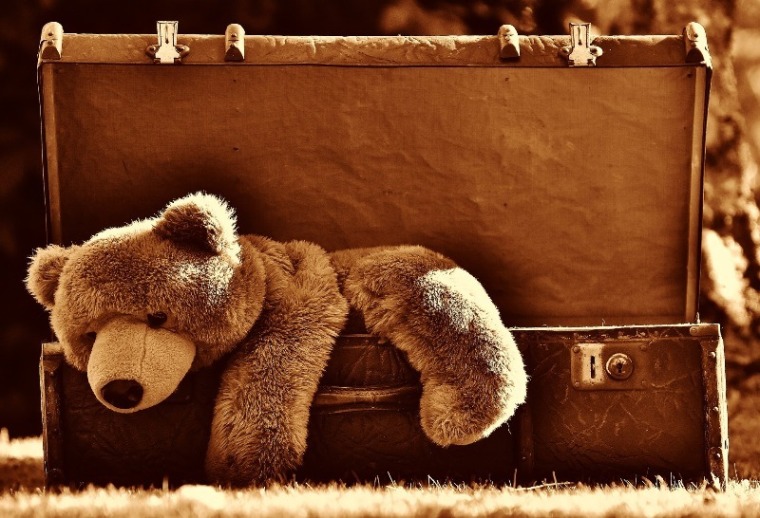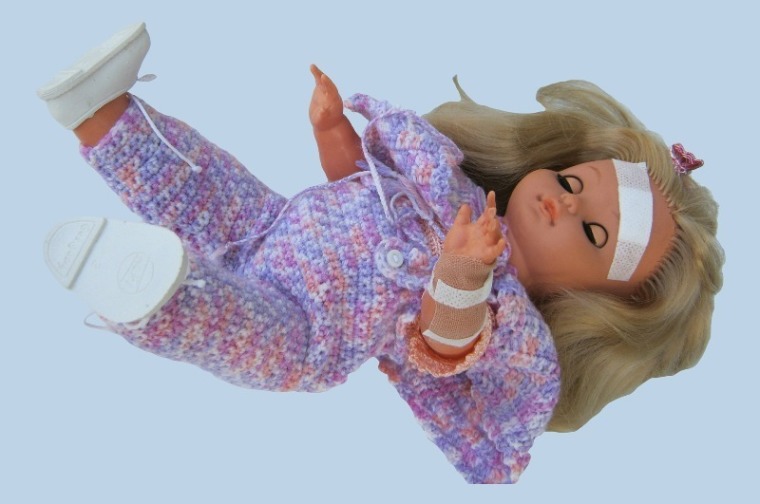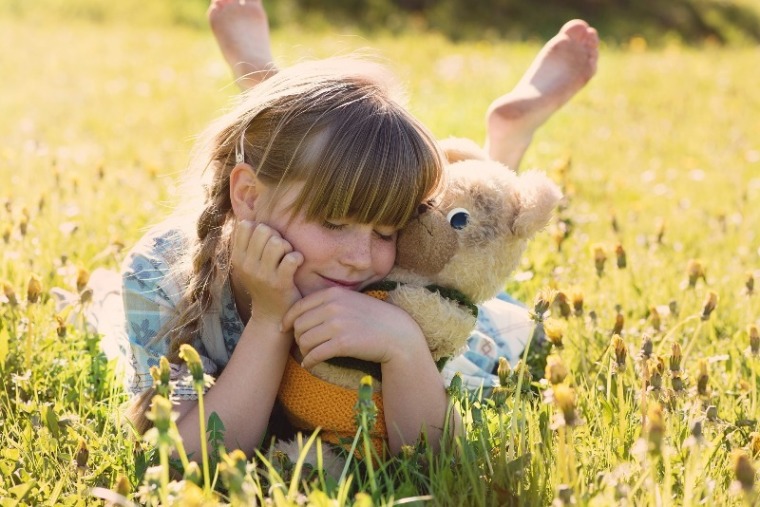
Every child hugs soft toys – good friends. Moreover some toys are collectors' items even for adults.
Some years ago I recall how Kelly Lane, writing in the Sydney Morning Herald, reported that Sydney's historic Doll Hospital repairs up to 100 treasured dolls and teddy bears a week but only one in five will go home to a child. The rest are repairs being undertaken for collectors of antique dolls or for adults restoring their childhood toys.
At that time Geoffrey Chapman is the owner of the hospital repair section and the 'surgeon' and he observed: "I often have people who are in their 40s and 50s that say this teddy bear has been everywhere with me, all over the world, and even now I wouldn't be without it.''
Doll hospitals can be found around the world in most countries. One of the oldest doll hospitals was established in Lisbon, Portugal in 1830, and Melbourne's first such establishment was founded in 1888. Henri Launay has been repairing dolls at his shop in northeast Paris for 43 years, finds a similar situation to that in Sydney - most of his clients are not children, but adults in their 50s and 60s.
This intrigued me enough to find more about the history of dolls and soft toys.
According to Wikipedia, dolls have been around since the dawn of human civilisation, and have been fashioned from a vast array of materials, ranging from stone, clay, wood, bone, cloth and paper, to porcelain, china, rubber and plastic. Archaeological evidence places dolls as foremost candidate for oldest known toy from ancient Egypt.
In ancient times, dolls were sometimes used as representations of a deity, and played a central role in religious ceremonies and rituals. Some cultures around the world use statuettes or pictures in a similar way, today.
As noticed by those who work in Doll Hospitals, dolls are not only given to children as toys but are also collected by adults, for their nostalgic value, beauty, historical importance or financial value.
They are also used for education – particularly in medicine, in art and in social contexts where words may be awkward, such as when interviewing children about traumatic events.
Even more curious is the sudden popularity of the 'Teddy Bear' at the turn of the twentieth century. There are several slightly different stories about how this came about, but all indicate that the name comes from former US President Theodore Roosevelt whose nickname was "Teddy".
The story in Wikipedia tells that, on a bear hunting trip, where colleagues had captured a bear cub, Roosevelt refused to shoot it himself, although he instructed others to put it out of its misery.

Teddies
Another version starts the same way, but indicates that the President saved the cub's life. This seems to make more sense given that the bear subsequently became popular as a cuddly toy.
Yet another version tells that Roosevelt's party came across a wounded bear cub while the President was in the area between the border of Louisiana and Mississippi, attempting to settle a border dispute. Since the bear was already in pain, Roosevelt ordered it be put out of its misery.
Remember that times were different, and attitudes were different then. Not only was the 'wild west' still wild, and bears a danger and a nuisance, not something soft and cuddly; but hunting animals in general was seen as much more of a normal activity than it is today.
However, the point of all the stories centres around the fact that the President did not shoot the bear himself, and it became the topic of a political cartoon in The Washington Post on November 16, 1902, showing a disgusted Roosevelt and a fierce bear. Later cartoons showed a smaller and cuter bear.
The fact is that the cartoon was double-edged, as political cartoons are, and was also meant to depict the President as not being 'strong-minded' about the border dispute, as he was not 'strong-minded' about the bear.
The next phase in the burgeoning popularity is also shrouded in the mists of time, and somewhat of a coincidence.
Morris Michtom, who had a toy and candy store, saw the drawing of Roosevelt and the bear cub and was inspired to create a new toy. He (or more probably, his wife, Rose) created a little stuffed bear cub and put it in his shop window with a sign that read "Teddy's bear," after sending a bear to Roosevelt and receiving permission to use his name. The toys were an immediate success and Michtom's Ideal Novelty and Toy Company.
Other suggestions
At the same time, in Germany the Steiff firm run by Margarete Steiff and her nephew, Richard, who were totally unaware of Michtom's bear, produced a stuffed bear from Richard Steiff's designs. They exhibited the toy at the Leipzig Toy Fair in March 1903. Both the bears had jointed limbs and button eyes. Once they came to the public attention, the Steiffs' bear was in demand and thousands were exported to the United States.
By 1906 other manufacturers had joined the craze for "Roosevelt Bears" with ladies carrying them everywhere, children being photographed with them, and Roosevelt using one as a mascot in his bid for re-election. By 2006, retail sales of stuffed plush animals, including teddy bears, was $1.3 billion.
There are now many other bear toys such as Rupert, Sooty, Paddington and Pudsey – and of course, Winnie the Pooh, who has a similar history in that he was named after a bear cub called Winnipeg that a first-world-war Canadian soldier had taken all around Europe, but could not take to the battlefields of France.
He donated it to the London Zoo, where Christopher Robin often was taken by his Nanny. The story is that Christopher called his own stuffed bear Winnie the Pooh, and this became the stuff of legend when Christopher's father, A.A. Milne, fictionalised his son's adventures with his animal friends.
In fact, stuffed animals and soft toys are probably surrogate domesticated animals, such as cats and dogs, that humans have always liked to be close to and care for.
But there is the extraordinary feature of teddy bears and dolls, that they have an extraordinary hold on people of all generations, hosting memories of comfort from their childhood. They are precious, indispensable, almost sacred to a particular individual; and they are beyond value to their owners.
There have been many comedy films and shows made, where a rather 'macho' adult has been seen to have a stuffed toy in his luggage!
Like my late father, I too like my own soft pillow. My pillow has travelled where ever I've gone in his ministry, as it helps me he get off to sleep!
But there are other comforts that people need, too – and these are spiritual and emotional comforts. Many Christians have a bible which they've had 'forever' which has verses highlighted and is marked with comments and annotations.
In a similar way to the comic characters hiding their 'Teddy Bear', these devout people use their own Bible in private and would never use any other - although to 'look sophisticated' they may have different 'smarter-looking' bibles for use when people can see them, such as in church services and bible studies.


Dr Mark Tronson - a 4 min video
Chairman – Well-Being Australia
Baptist Minister 45 years
- 1984 - Australian cricket team chaplain 17 years (Ret)
- 2001 - Life After Cricket (18 years Ret)
- 2009 - Olympic Ministry Medal – presented by Carl Lewis
- 2019 - The Gutenberg - (ARPA Christian Media premier award)
Gutenberg video - 2min 14sec
Married to Delma for 45 years with 4 children and 6 grand children